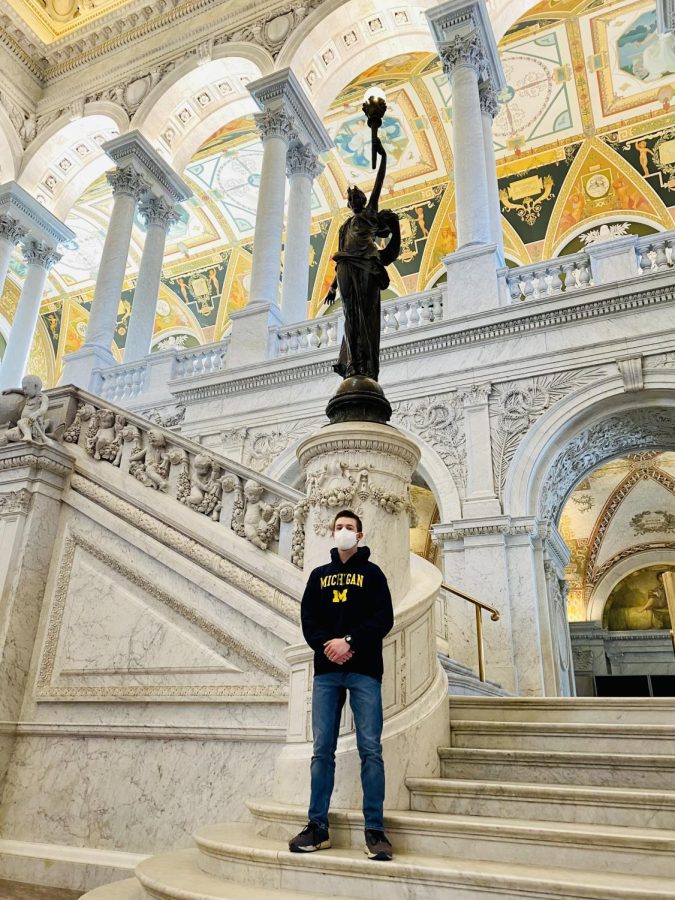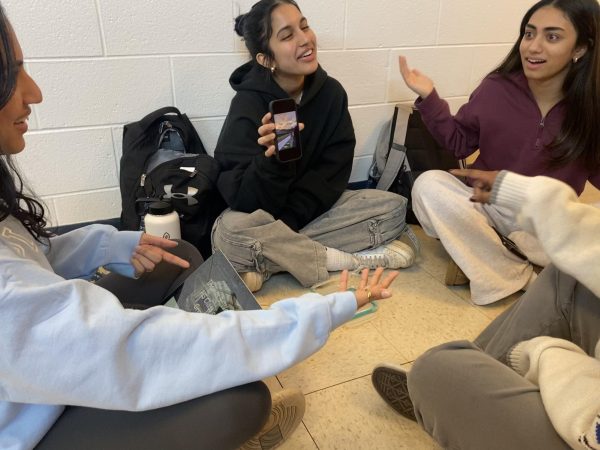Gems in the shadows: The ‘hidden’ exhibits of the Library of Congress
The Library of Congress is the largest library in the world, and features a myriad of historical gems that are not readily known.
We are lucky to live in a region rich with history, artifacts, monuments and stories that helped shape our area and our nation. However, many of these gems are hidden in the shadows of larger, more popular attractions, waiting to be explored. While past articles in this series have focused on historical sites that are not as readily known, this one will take a different approach.
While the Library of Congress is a national treasure that receives approximately 1.6 million visitors annually, misconceptions exist that the library is nothing more than a building to house an abundance of renowned American literature. What may not be as widely known, though, is the rich amount of historical artifacts that lie between the mosaic floors and richly decorated ceilings. This piece will explore the historical gems within the Library of Congress.
Founded on Apr. 24, 1800, and the largest library in the world, the main purpose of the Library of Congress is to find information requested and research any questions inquired by members of the United States Congress. However, other branches of government, in addition to government agencies and the general public, also have access to the vast amount of resources the library has to offer.
Our first gem is rooted in what ultimately led to the collection of books the Library of Congress holds today. After the original library was set ablaze by British soldiers in the War of 1812, restoration efforts began in 1815. The restored library displayed a number of the books that did survive, as well as novels from Thomas Jefferson’s personal collection, which were not only the first books owned by the newly renovated library, but were also what grew into the 2.9 million volumes that are currently housed.
Today, visitors to the Library of Congress can walk through “Thomas Jefferson’s Library,” a reconstruction of President Jefferson’s original library that includes some of his original books (and gifted missing works) arranged in the same order as they were in Monticello (President Jefferson’s home).
The Library of Congress offers the opportunity for visitors to engage with permanent displays, such as the Gershwin room, which includes original music manuscripts and lyric sheets composed by renowned American composers George and Ira Gershwin, in addition to a piano that was owned and played by them. Other permanent exhibits of historical artifacts include the Gutenberg Bible, one of 48 of the first copies of the Bible that were printed by Johann Gutenberg in 1455, and Abel Buell’s 1784 “New and Correct Map of the United States”: the first map of the United States that was published and printed by an American citizen.
To offer locals alternatives to having to examine the same exhibits every visit, the Library of Congress features rotating displays of key documents integral to everything from popular culture to civil rights. Currently, an exhibit honoring Rosa Parks, which includes supportive letters children wrote to her during her imprisonment, as well as another display of classic comic books featuring the 500th issue of “Action Comics” and an original “Spider-Man” comic template, are open for guests to admire.
One gem that I believe may be one of the best aspects of the Library of Congress, is the little-known underground tunnel that connects the library to the Capitol Building. Especially helpful during the tourist season, once guests pass through a security checkpoint, this tunnel allows visitors to circumvent the lines into the Capitol Building allowing them to enjoy even more historical gems within the heart of our nation.
Your donation will support the student journalists of Thomas S. Wootton High School. Your contribution will allow us to purchase equipment and cover our annual website hosting costs.
Joshua M. Freedman is a 2022 graduate.







![Junior Grace Song rewatches the trailer for Anora. Promoted as "A Love Story from Sean Baker," it is the eighth feature film under Baker's belt starring Mikey Madison in the titular role. "[Anora] accurately represents women overseen and easily taken advantage of. It emotionally enticed me. The ending is so good," Song said.](https://woottoncommonsense.com/wp-content/uploads/2024/11/Rc5RQTdjtUFtyT7IyQe1rSxkpOTc6NoksY8jtoop-e1732201365565-600x450.jpg)